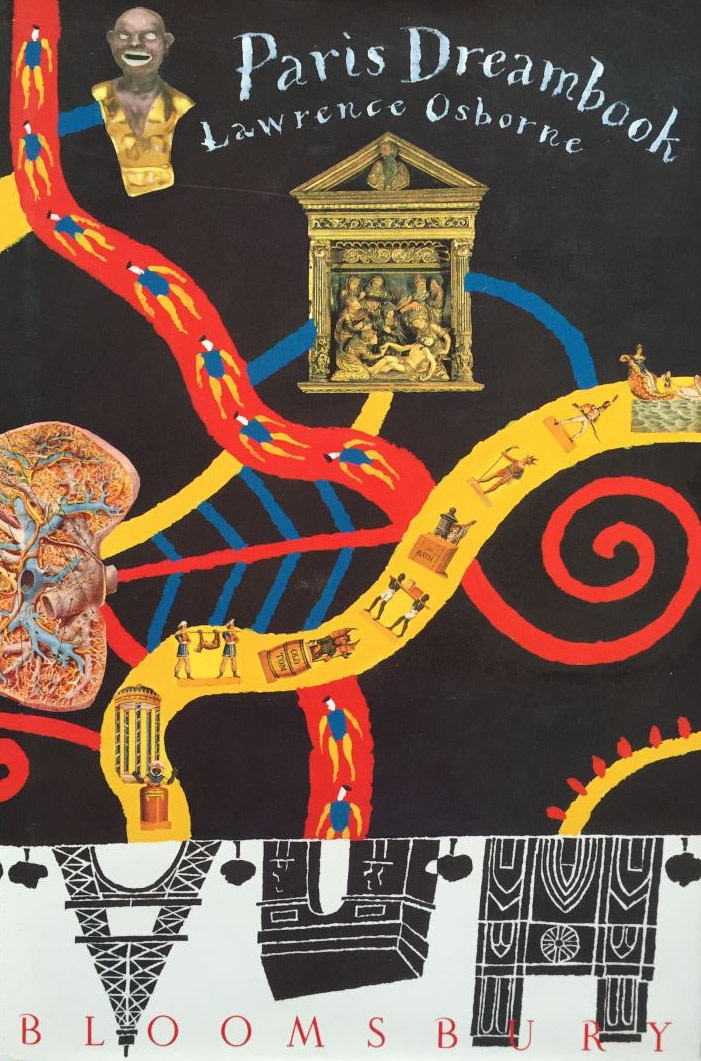
“You can’t have Bach, Mozart and Beethoven as your favorite composers,” Michael Tilson Thomas once declared. “They simply define what music is.” By the same token, we might say you can’t have New York, London, and Paris as your favorite cities, collectively defining as they do the standard against which we measure — and usually find wanting — all other cities. I myself have never named New York, London, or Paris among my favorites, though I’ve only spent a few weeks each in the first two. Paris I’ve never set foot in, possibly in subconscious reaction against its sheer belovedness, especially among my fellow Americans abroad. Even apart from my basic condition of Europhilia-phobia, something in the city’s popular image always grated: not for me the picturesque City of Light and its innumerable boulevards, squares, and back alleys, all arbitrarily forced to retain their mid-19th-century shape.
Yet had I encountered Lawrence Osborne’s version of the city in my youth, I’d surely have got to Paris long ago. An Englishman now resident in Bangkok, Osborne wrote Paris Dreambook early in his career, when first he was building his profile as a novelist. Though not a novel, the book also refuses to fulfill most of the expectations commonly raised by a non-fiction city book. Its subtitle, An Unconventional Guide to the Splendor and Squalor of the City, is in equal parts descriptive and misleading. In neither form nor content does the text resemble that of a guidebook, though the word “guide” may actually refer to its central character, whom the omniscient character calls only “the peasant.” Seemingly an outsider to Paris, the peasant nevertheless knows the city intimately, or at least the parts of the city that surround his apartment building at 37 rue André Antoine.
That, as readers familiar with Paris may know, is a real address. A writer on cities named Alex Marshall (no relation) confirmed it first-hand two years after the book’s publication, finding it “on a small, bumpy narrow street that twisted its way down a hill from a small plaza and church at the Place des Abbesses. Above the doorway to the otherwise plain building was a statue of a reclining nude woman.” Inside he finds the Tanzanian concierge Osborne calls “Aladdin” and depicts as occupying a single room “in the middle of which, amid the paraphernalia of many assumed lives, Arabic dictionaries of medicinal spells hi-fi equipment, boxes of rabbits’ feet, cabinets of tropical oil and herbs, cooking pots scented with clove oil, pots of lemon grass and cardamom pods, dense clothes racks and various firearms, hangs a khaki regulation tropics British army uniform decorated with a colored bands.”
Read the whole thing at Substack. See also my interview with Lawrence Osborne on The Marketplace of Ideas.